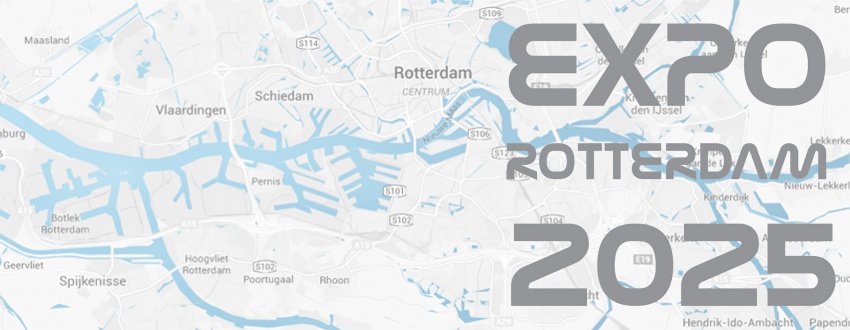Msc1G4:Student1
Johan Lagnefeldt
The Expo 2025 in Rotterdam, while showcasing solutions for turning environmental challenges to economic opportunities, will in itself prove an environmental challenge. An expected 50 million visitors will cause waste and trash to fill the area. This is an opportunity to let the Expo take on the challenge for 2025 on site.
We propose a pavilion which can compost the waste generated by the visitors. The accumulation of organic waste will serve to produce fertile soil, fertilizer and heat for the residents of Rotterdam. Every visitor will be able to deposit their waste in the pavilion as well as connecting the sewage system to the same
The loss of fertile soil due to flooding, the finite supply of phosporus for fertilizers as well the accumulating trash piles in large cities are big environmental concerns. By making a parametric pavilion which can be programmed to provide optimal conditions for composting, we can help alleviate these problems while creating an architectural solution which is strong in both message and experience.
The parameters will regulate the shape with moving components. When the compost is added on, the structure expands. When the compost shrinks, the structure expands. The input of wind, temperature, composted items, sun light etc will dictate the ever changing structure to create a new experience over time. The created soil will be used for making a green cover which will represent what can be done with one of mankind´s oldest technologies.
The compost will be a hot compost following the Berkeley Method. This involves a method called "hot composting" which will cut the time cycle from a year to 2-3 weeks.
Essential parameters for optimal composting:
Size of compost container: Minimum of 90 cm x 90 cm x 90 cm, sealed shut.
Size of compost parts: 1.25 mm - 3.75 mm
Temperature: 71° C
Humidity:
Carbon / Nitrogen: Ratio of 1/30
"Green (organic waste)"/"Brown"(paper, wood) ratio of 50/50
Turning frequency of material: Every 24 hours
